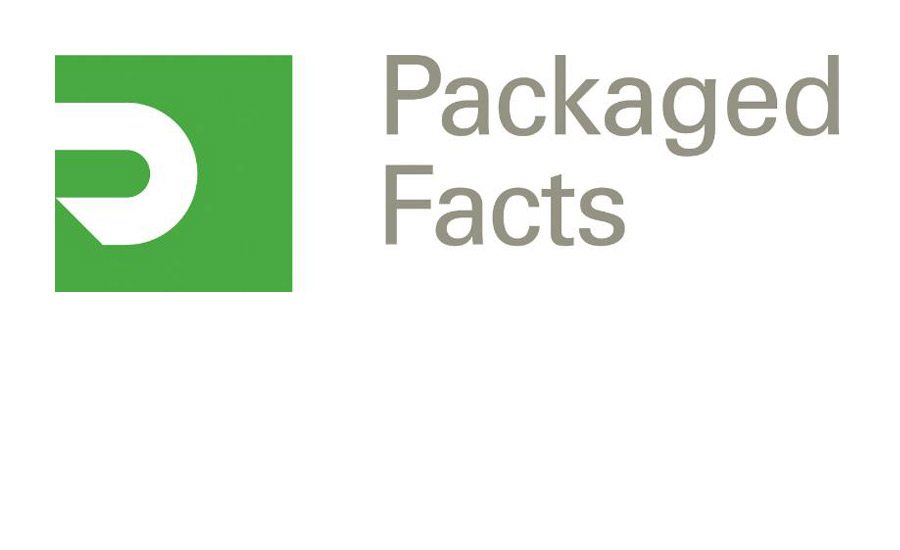From Amazon to Walmart to Wall Street and Unilever, everyone is watching the meal kit delivery services space, which has mushroomed to $5 billion in sales, as reported in Meal Kits Delivery Services in the US, 2nd Edition, a new research report by Packaged Facts.
There’s More Than Meets the Cutting Board to Blue Apron IPO
“Meal kit delivery services are a specialized sector but widely disruptive force in the food industry. This space is the most striking example of the movement toward greater convenience in getting fresh foods to the consumer,” says David Sprinkle, research director for Packaged Facts. “And new approaches to fresh food groceries are consumers are most interested in, and what will determine the winners and losers of the current food industry re-set.”
That why, despite the recent advent of delivery meal kits, the list of players involved is a food industry who’s who, including Campbell Soup, Kroger, Martha Stewart, Peapod, Publix, Tyson, and Unilever, plus of course Amazon as the very disruptively growing gorilla in the grocery space.
That’s why Packaged Facts continues to project robust growth for delivery meal kits, the disappointing Blue Apron IPO notwithstanding. In fact, an issue that dogged the Blue Apron IPO is part of the reason for the report’s positive growth projections for the market: Amazon seems destined to jump deeper into meal kits, especially factoring in the synergy between Whole Foods shoppers and meal kit subscribers.
Meal Kit Market Dynamics
No single type of provider dominates the overall market for fresh food meal kits. Grocery stores are the most common source, ahead of the closely watched delivery sector for delivery fresh meal kits, led by Blue Apron (at a 17% share), Freshology, Green Chef, HelloFresh, and Home Bistro—the top five players in the market, according to June 2017 consumer survey data presented in the research report.
Three-quarters of US adults have heard of delivery services for fresh food meal kits to cook at home, and a quarter of adults have undertaken at least a free product trial. Advertising by meal kit delivery services providers is by far the top source of information.
Although there is lane-changing (in terms of suppliers) and attrition in use of meat kit delivery services, particularly after free or heavily discounted product trials, almost all (97%) current fresh meal kit delivery services subscribers are using the company they originally signed up with, and nearly that percentage (90%) would recommend fresh meal kit delivery services to their friends. Time saving is the most desirable aspect of the service. Quality, variety, and healthfulness in meal selections are also highly valued, as are learning how to cook new things and sharing meals and experiences.
Even Millennials Want Home-Cooked Meals
Capitalizing on consumer desire to learn to cook is one of ten key opportunities Packaged Facts identifies as ways to compete or participate in the meal kit market and do so more effectively. This is important for winning the loyalty of Millennials in particular, as they will be key to the continued success and growth of meal kits sales.
“A critic might say that meal kits are the culinary equivalent to paint-by-number, but the opposite is true,” says Sprinkle. “Meal kits and their illustrated recipes drive home the point, especially to Millennials and the rising Gen Z, that cooking is mostly about applying age-old, do-try-this-at home preparation techniques to fresh, whole foods and ingredients. That holds for learning how to cook, as well as expanding, increasing the healthfulness of, and internationalizing your home meal repertoire.”
